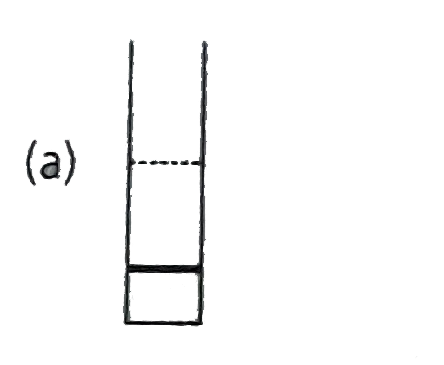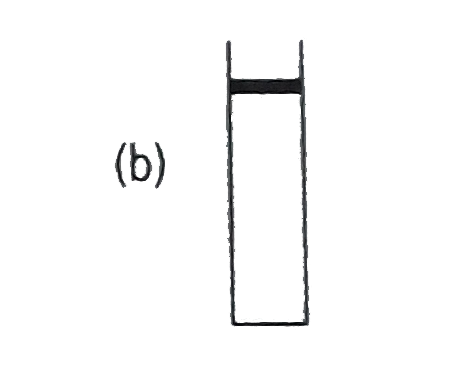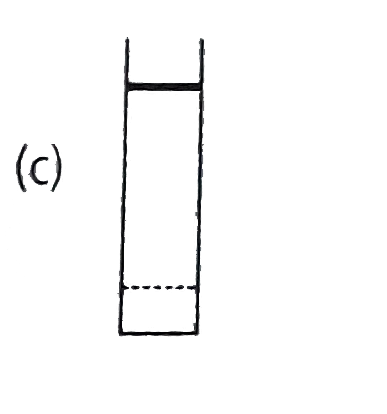The nature of DNA replication is :-
Conservation
Non conservative
Semi-conservative
Cyanobacteria
The correct Answer is:C
Step-by-Step Text Solution:
1. Understanding DNA Replication:
- DNA replication is the biological process by which a cell duplicates its DNA, resulting in two identical copies from one original DNA molecule.
2. Identifying the Options:
- The options provided are:
- A) Conservative
- B) Non-conservative
- C) Semi-conservative
- D) Cyanobacteria
3. Analyzing the Options:
- Cyanobacteria is a type of microorganism and does not pertain to the nature of DNA replication. Therefore, it is an incorrect option.
- Conservative replication suggests that the original DNA molecule remains intact and a completely new molecule is formed. This is not the case in DNA replication.
- Non-conservative replication would imply that both strands of the original DNA are completely broken down and not retained in any form. This is also incorrect.
4. Understanding Semi-Conservative Replication:
- In semi-conservative replication, each of the two new DNA molecules consists of one original (parent) strand and one newly synthesized strand. This means that half of the original DNA is conserved in each of the daughter molecules.
- For example, if the original strand is represented as green and the newly synthesized strand as red, one daughter strand will have a green (parent) strand and a red (new) strand.
5. Conclusion:
- Based on the analysis, the correct nature of DNA replication is semi-conservative. This was first demonstrated by scientists Meselson and Stahl.
Final Answer:
The nature of DNA replication is semi-conservative.
---
- DNA replication is the biological process by which a cell duplicates its DNA, resulting in two identical copies from one original DNA molecule.
- The options provided are:
- A) Conservative
- B) Non-conservative
- C) Semi-conservative
- D) Cyanobacteria
- Cyanobacteria is a type of microorganism and does not pertain to the nature of DNA replication. Therefore, it is an incorrect option.
- Conservative replication suggests that the original DNA molecule remains intact and a completely new molecule is formed. This is not the case in DNA replication.
- Non-conservative replication would imply that both strands of the original DNA are completely broken down and not retained in any form. This is also incorrect.
- In semi-conservative replication, each of the two new DNA molecules consists of one original (parent) strand and one newly synthesized strand. This means that half of the original DNA is conserved in each of the daughter molecules.
- For example, if the original strand is represented as green and the newly synthesized strand as red, one daughter strand will have a green (parent) strand and a red (new) strand.
- Based on the analysis, the correct nature of DNA replication is semi-conservative. This was first demonstrated by scientists Meselson and Stahl.
The nature of DNA replication is semi-conservative.
Topper's Solved these Questions
- GENETICS & MOLECULAR BASIS OF INHERITANCE AND MUTATIONBOOK - ALLENCHAPTER - GENETICS & MOLECULAR BASIS OF INHERITANCE AND MUTATIONEXERCISE - EXERCISE-II (PREVIOUS YEAR QUESTIONS
104 Videos
- GENETICS & MOLECULAR BASIS OF INHERITANCE AND MUTATIONBOOK - ALLENCHAPTER - GENETICS & MOLECULAR BASIS OF INHERITANCE AND MUTATIONEXERCISE - EXERCISE-III (ANALYTICAL QUESTIONS
85 Videos
- GENETICS & MOLECULAR BASIS OF INHERITANCE AND MUTATIONBOOK - ALLENCHAPTER - GENETICS & MOLECULAR BASIS OF INHERITANCE AND MUTATIONEXERCISE - DEGINNERS BOX-8
5 Videos
- GENETICS BOOK - ALLENCHAPTER - GENETICS EXERCISE - Question
58 Videos
- GENETICS (PRINCIPLES OF INHERITANCE AND VARIATION) (MOLECULAR BASIS OF INHERITANCE)BOOK - ALLENCHAPTER - GENETICS (PRINCIPLES OF INHERITANCE AND VARIATION) (MOLECULAR BASIS OF INHERITANCE)EXERCISE - Question
53 Videos
Similar Questions
Knowledge Check
The semi-conservative nature of DNA replication was established by Meselson and Stahl in their classic experiment with bacteria. They grew bacteria in N15−NH4CI containing medium with N14 - containing compounds and allowed to grow for three generation . CsCI density gradient centrifugation of isolated DNA established the nature of semiconservation DNA replication. The pictorial representation below shows the positon of differentially labeled DNA in CsCI density gradient.

Had the DNA replication been conservative, what would have been the pattern ?A B
B C
C D
D
Assertion : Watson and Crick provided experimental proof of semiconservative nature of DNA replication.
Reason : Daughter strand will have one new strand and one parental strand.
View SolutionDNA replication is found in :-
View SolutionThe enzyme DNA polymerase , observed to be active in the process of DNA replication, is involved in the synthesis of
View SolutionDNA replication occurs
View SolutionMain enzyme of DNA replication is -
View SolutionDNA-Gyrase enzyme, that participates in the process of DNA-replication is a type of :-
View SolutionInterval between mitosis and intiation of DNA replication is called :-
View Solution
